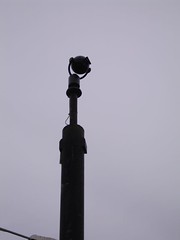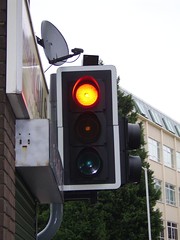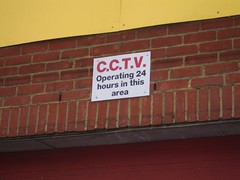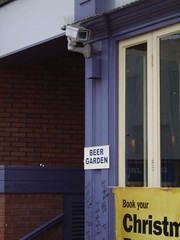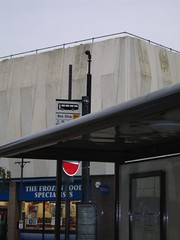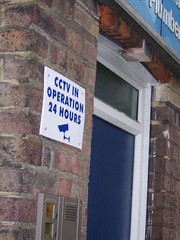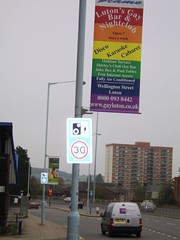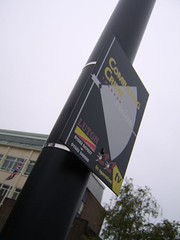The Irrepressible Campaign by Amnesty International
I have just pledge support for the Amnesty International campaign to support freedom of expression on the Internet. On their website they note:-
"The web is a great tool for sharing ideas and freedom of expression. However, efforts to try and control the Internet are growing. Internet repression is reported in countries like China, Vietnam, Tunisia, Iran, Saudi Arabia and Syria. People are persecuted and imprisoned simply for criticising their government, calling for democracy and greater press freedom, or exposing human rights abuses, online.
But Internet repression is not just about governments. IT companies have helped build the systems that enable surveillance and censorship to take place. Yahoo! have supplied email users’ private data to the Chinese authorities, helping to facilitate cases of wrongful imprisonment. Microsoft and Google have both complied with government demands to actively censor Chinese users of their services.
Freedom of expression is a fundamental human right. It is one of the most precious of all rights. We should fight to protect it."
You can pledge support at - http://irrepressible.info
powered by performancing firefox
